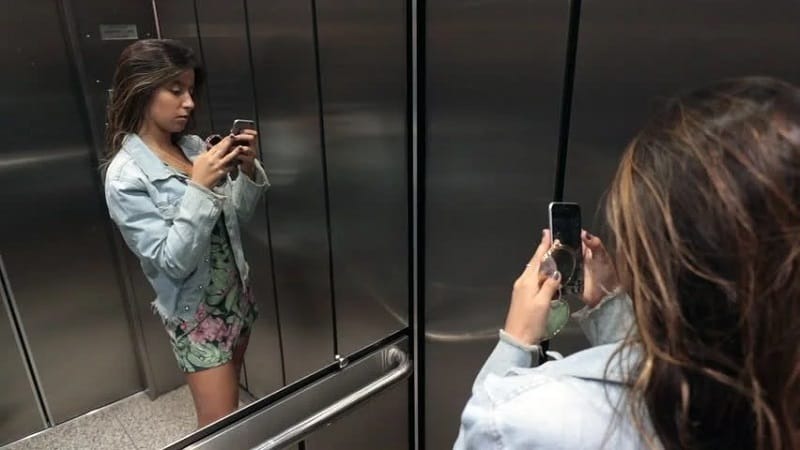[ad_1]
When elevators were first introduced in the 19th century, they didn’t come with mirrors. Back then, riding an elevator could be an unnerving experience. The feeling of moving quickly in a confined, enclosed space triggered anxiety and discomfort in many passengers. The sudden acceleration and the vertical movement, especially in early models, often led to feelings of dizziness or claustrophobia. Passengers, unfamiliar with the sensation, would frequently lodge complaints about how uncomfortable and fast elevators seemed to be.
Designers and engineers realized they needed to address this problem. The challenge wasn’t just mechanical but psychological. As elevators became faster and more reliable, reducing passengers’ anxiety became a priority.
Mirrors as a Solution
The solution? Install mirrors inside the elevator cabin. But why mirrors? The answer lies in human behavior and perception. Mirrors provide a visual distraction. When passengers step into an elevator, instead of focusing on the movement or speed of the lift, they’re naturally drawn to the mirror. Whether checking their reflection or casually observing their surroundings, people become engaged with the mirror rather than the sensation of rapid vertical movement.
Mirrors also create the illusion of a larger, more open space. For individuals prone to claustrophobia, the reflective surface makes the elevator feel less cramped and confined. By visually expanding the space, mirrors reduce the sense of entrapment, making passengers feel more comfortable during their ride.
Enhancing the Elevator Experience
Today, mirrors continue to serve their dual purpose: distraction and spatial enhancement. In high-rise buildings, where elevators can travel at high speeds, mirrors help alleviate the discomfort of swift vertical movement. Passengers may still perceive the speed, but their focus shifts to the reflection, easing anxiety and making the ride feel smoother.
Additionally, mirrors provide a safety benefit. In busy environments like malls or office buildings, people entering the elevator can see behind them, making it easier to avoid collisions or assess the number of occupants in the lift.
While modern elevator technology has greatly improved, making the ride smooth and almost imperceptible, mirrors remain a key element of the cabin’s design. They subtly enhance passenger comfort, proving that sometimes, the smallest design details can have the most significant impact.
So, next time you step into an elevator and catch your reflection in the mirror, remember it’s not just there for vanity. It’s part of a well-thought-out design aimed at ensuring your comfort and easing the experience of rapid vertical travel.
[ad_2]

